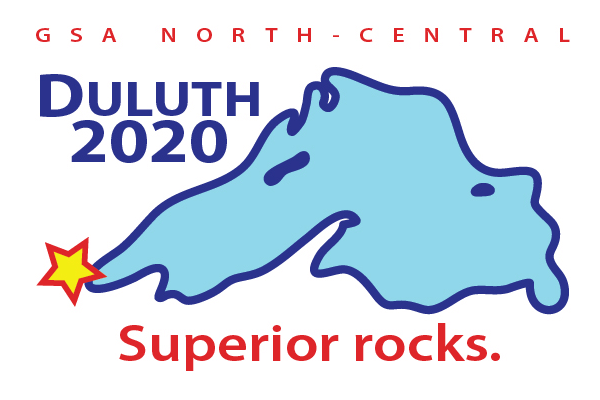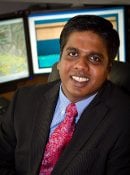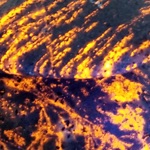
The Department of Geological and Mining Engineering Sciences (GMES) announced that master’s student Daniel J. Lizzadro-McPherson’s talk, “Remapping the Keweenaw Fault and Discovery of Related Structures in Michigan’s Historic Copper District,” was awarded the Best Graduate Oral Presentation from the Geological Society of America’s (GSA) 2020 North-Central Section Meeting, held online this past May 2020.
The talk was featured in the Unique Geology and Geoheritage of the Lake Superior Region Session led by Erika Vye (GLRC), William Rose (GMES), Jim Miller, and James DeGraff (GMES).
Lizzadro-McPherson presented on the history of mapping the Keweenaw Fault and the current remapping efforts aimed at understanding this complex fault system in northern Keweenaw County. For more information about this project or to receive a link to the virtual presentation please email djlizzad@mtu.edu.
Explore the eight presentations in the session by Michigan Tech researchers:
- REMAPPING THE KEWEENAW FAULT AND DISCOVERY OF RELATED STRUCTURES IN MICHIGAN’S HISTORIC COPPER DISTRICT
- ANALYSIS AND INTERPRETATION OF FOLDS AND FAULT SEGMENTS ALONG THE KEWEENAW FAULT SYSTEM, MICHIGAN
- KEWEENAW SHORELINES: SHALLOW WATER SCIENCE, HISTORY, EDUCATION AND GEO TOURISM + YouTube Video
- GEOHERITAGE AND THE ARTS: BUILDING AWARENESS USING THE KEWEENAW MINES + YouTube Video
- DIGITAL CAPTURE AND PRESERVATION OF HISTORIC MINING DATA FROM THE KEWEENAW COPPER DISTRICT, MICHIGAN
- TEACHING THE GEOLOGIC HERITAGE OF MINNESOTA’S NORTH SHORE AT THE NORTH HOUSE FOLK SCHOOL, GRAND MARAIS
- SHIPWRECK EXPLORATION WORKSHOP IN NEARSHORE KEWEENAW WATERS
- CONNECTING RESEARCH AND COMMUNITY – A KEWEENAW LAKE SUPERIOR NATIONAL MARINE SANCTUARY










